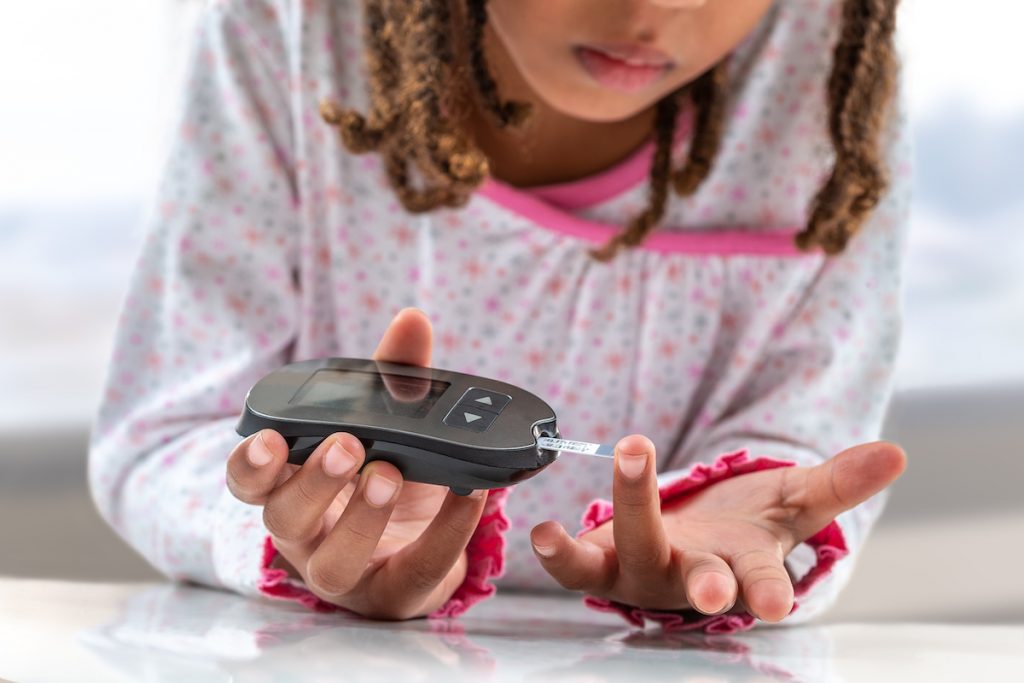As a type 1 diabetic, you hear a lot of information about blood sugar data. You are probably familiar with terms such as: in range, out of range, optimal, good, bad, high, low, and a few others I probably forgot to mention. You may notice that some of these terms have a value attached to them. Yet, blood sugars are simply data at a given moment in time. Whether you are doing a finger stick or looking at your CGM, your blood sugar number gives you data and input. From that data you may or may not make a decision about food, insulin, exercise and a myriad of other things.
Emotions and Blood Sugar Data
If you ask any type 1 about their blood sugars, you will get a variety of answers. Some feel deep shame and embarrassment. Yet others will proudly show you their blood sugar. Very rarely do I meet a type 1 who doesn’t have some sort of emotion tied to their blood sugar. So why does emotion get intertwined with data?
I always assume positive intent. I assume that every type 1 diabetic is doing the best they know how with the tools and information they have. Yet, there are so many judgements tied to blood sugar. So where do those judgements start? Usually out of fear. Every type 1 and type 1 caregiver is either given information about complications or they go searching for the information. Complications are scary. And what do we do when we are scared? We try to gain control, often in the only ways we know how. For the type 1 caregiver, this may mean that you are stressed when your child or teen’s blood sugar is out of range because you are thinking about the long term complications. As the type 1 yourself, you may be replaying messages from well-meaning loved ones who tell you horror stories about someone they know who died from complications of diabetes.
When we discuss blood sugar data, we should use language that avoids a value such as good or bad. This is important no matter what the age of the person living with T1D but it is critical during the child and adolescent years as this is when self-concept is being formed. When we assign value to a blood sugar, a child/teen internalizes their goodness and acceptance as part of who they are. The truth is their blood sugar has absolutely nothing to do with their worth but it can definitely affect their self-esteem.
Ways to Help
Want to start shifting your mindset about blood sugars? Here are a few suggestions.
Watch your words: Yes, language matters. Language around blood sugars should be chosen carefully and avoid value-laden terms. Remove words like good, bad, compliant, and non-compliant from your discussions.
Check your fears: Whether you are the person living with T1D or the caregiver of a type 1, get curious about your need for control as it relates to diabetes management. Are the goals and ideas you have for yourself or your child realistic? Do you notice yourself becoming harder on yourself or your child when data gets harder to manage?
Rely on facts: Remember, blood sugars are a moment in time. They fluctuate throughout the day based on a variety of things. While we strive for feeling our best and living well with T1D, our blood sugars are not a report card. They are in no way a reflection of who you are as a person.
You are person who happens to be living with T1D and it doesn’t define you.


